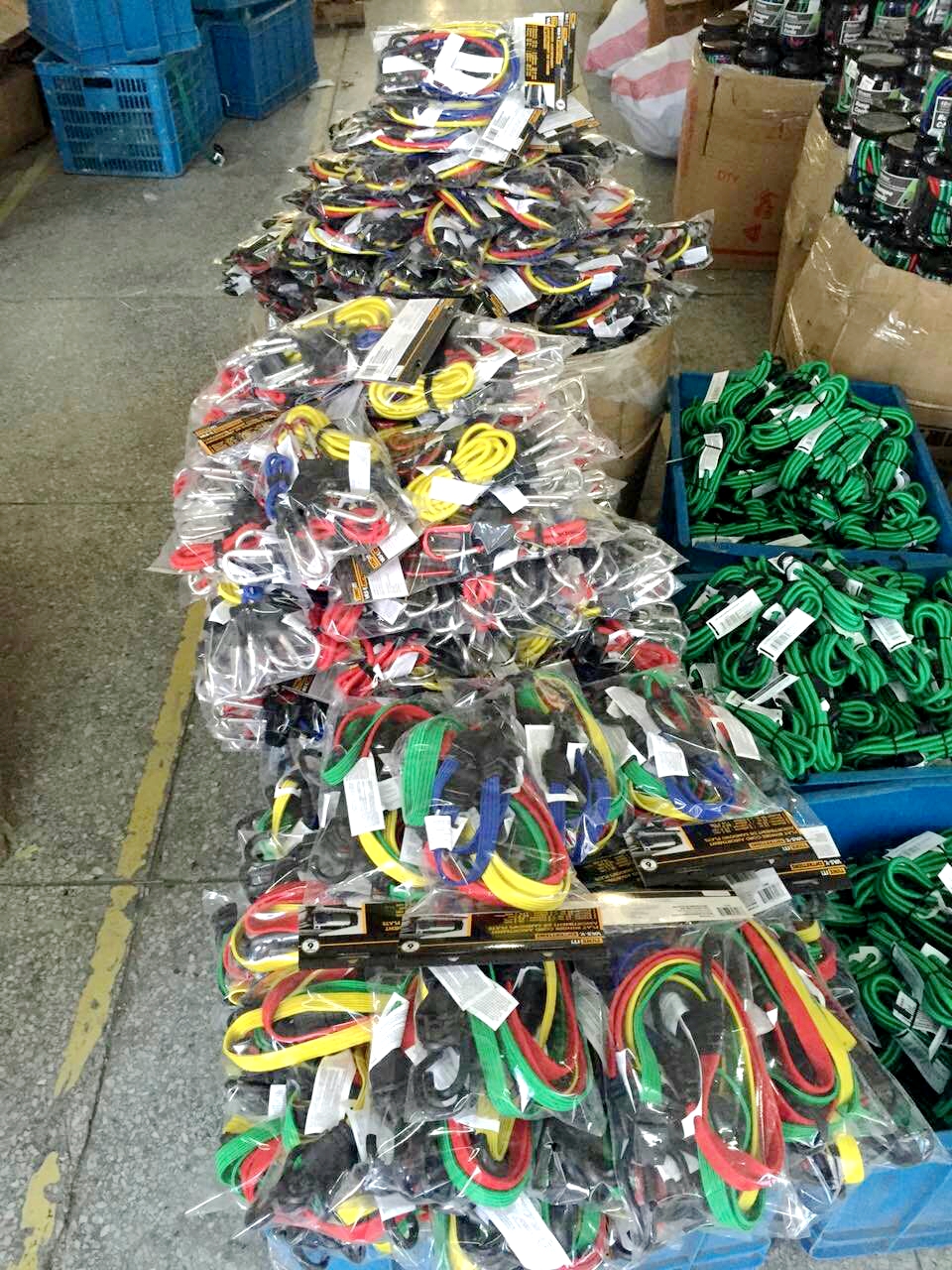Rare earth metals (rare earth metals), also known as rare earth elements, are collectively referred to as the 17 elements of the group IIIB of the Periodic Table of the Elements, which are commonly referred to as R or RE.
Their names and chemical symbols are Sc, Y, La, Ce, Pr, Nd, Pm, Sm, and Eu ), Gd, Tb, Dy, Ho, Er, Tm, Yb, and Lu.
The term rare earth is a name left over from history. Rare earth elements were discovered successively from the late 18th century. At that time, people often referred to solid oxides that were insoluble in water as soil. Rare earths are generally isolated in the oxide state and are rare, hence the name rare earth. Usually, lanthanum, yttrium, lanthanum, ytterbium, ytterbium, ytterbium, lanthanum are called light rare earth or ytterbium group rare earths; Some of them are based on the similarities and differences in the physical and chemical properties of rare earth elements. In addition to thorium (some of which are classified as rare elements), they are divided into three groups, namely, light rare earth elements are lanthanum, yttrium, lanthanum, yttrium and lanthanum; The rare-earth rare earth elements are yttrium, hafnium, ytterbium, ytterbium and ytterbium.
Most rare earth metals exhibit paramagnetic properties. The ytterbium is more ferromagnetic than the iron at 0°C. Ruthenium, osmium, iridium, ruthenium, etc. also exhibit ferromagnetism at low temperatures. The low melting point of tantalum and niobium and the high vapor pressures of tantalum, niobium, and tantalum show that the physical properties of rare earth metals vary greatly. The thermal neutron absorption cross-sections of helium, neodymium, and thorium are larger than those of cadmium and boron widely used in nuclear reactor control materials. Rare earth metals have plasticity, with cerium and lanthanum being the best. In addition to lanthanum, lanthanum group rare earths have higher hardness than lanthanum group rare earths.
Rare earth metals have been widely used in electronics, petrochemicals, metallurgy, machinery, energy, light industry, environmental protection, agriculture and other fields. The use of rare earths can produce fluorescent materials, rare earth metal hydride battery materials, electric light source materials, permanent magnet materials, hydrogen storage materials, catalytic materials, precision ceramic materials, laser materials, superconducting materials, magnetostrictive materials, magnetic refrigeration materials, Magneto-optical storage materials, optical fiber materials, etc.
China is rich in rare earth mineral resources and has excellent metallogenic conditions. It is uniquely endowed with proven reserves ranking first in the world, providing a solid foundation for the development of China's rare earth industry.
Bungee cord,or sometimes we call it elastic straps,elastic ropes,shock cord,octopus strap,etc,is a practical tool which helps people to secure light duty loads or to absorb shock.
It is an elastic cord composed of one or more elastic strands forming a core,usually equipped metal or plastic Hooks on each end.
Owing to the small hooks and its elasticity,bungee cord are widely used to secure objects without tying knots.
WinnerLifting provides various bungee cords with customized packing method,please contact us for more detail!

Colorful Assorted Rope,Plastic Octopus Rope,Bungee Cord Balls,Bungee Cord Trampoline
WINNERLIFTING SAFETY EQUIPMENT CO.,LTD. , https://www.winnerlifting.com